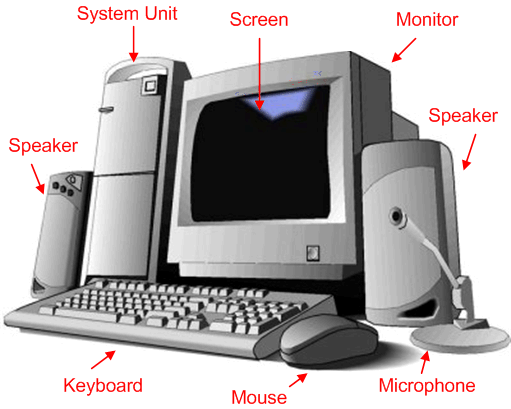Peer-to-Peer Networking
This is a simple network configuration that requires some basic know-how to set up. Each of the interconnected machines share dual capability and responsibility on the network. That is to say, that each machine serves a dual purpose or role, i.e. they are both clients and servers to some extent. The server capability of the machines is very basic. The services provided by each, is no more than the ability to share resources like files, folders, disk drives and printers. They even have the ability to share Internet access.
Advantages
· Easy to install and configure.
· No dedicated server required.
· Users control their own resources.
· Inexpensive to purchase and operate.
· No specialist software required.
· No dedicated administrator to run the network required.
Client/Server Networks
Server based networks, or client/server networks as they are properly called, has a machine at the heart of its operations called the server. A server is a machine that provides services over a network by responding to client requests. Servers rarely have individuals operating it, and even then, it is usually to install, configure or manage its capabilities. The server's essential role on the network is to be continuously available to handle the many requests generated by its clients. Server-based networks provide centralized control of the entire network environment. The computer systems used for this role are generally more powerful than end-user machines, incorporating faster CPUs, more memory, larger disk drives and other drive types installed, like a tape drive for backup purposes. These are required, because servers are dedicated to handling multiple simultaneous requests from their client communities.
Server based networks provide centralized verification of user accounts and passwords. Only valid account name and password combination are allowed access to the network. Client/Server networks typically require a single lo-gin to the network itself, meaning that users need to remember long password lists to access various resources. Concentrations of resources on a single server, mean that they are easier to find, as opposed to the peer-to-peer model, were resources were distributed throughout the network since they were attached to multiple machines. The server being a central data repository, means that not only is data more accessible to users, but it also makes life much easier in terms of performing backups, since the data is in a location know to the administrator.
Advantages
· Centralized user accounts, security and access controls simplify network administration.
· More powerful equipment means more efficient access network resources.
· Single password lo-gin, means access to all resources.
· Supports greater numbers of users, or networks where resources are heavily used.











